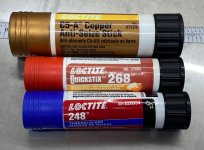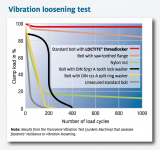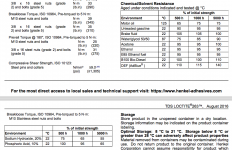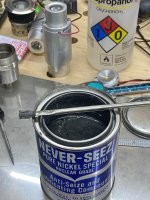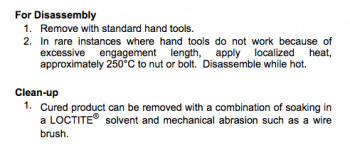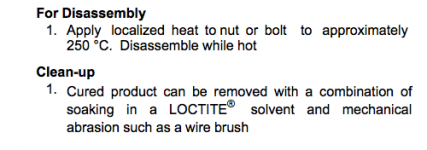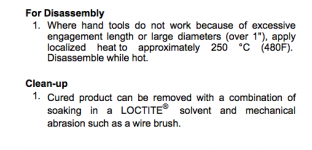Cheese
Member
So here's some nice stuff that's needed from time to time. It's not needed every day, but when you need it you just need it. It's Loctite in a more friendly form...lip stick style.
The traditional liquid Loctite usually required a primer that also needed to be applied, however, this glue-in-a-tube variation is a stand alone item. Just clean the threads, advance the lipstick & apply and let cure.
The copper anti-seize is also really nice for those times when you can't be bothered with the cumbersomeness of applying Never-Seez with a brush.
[attachimg=1]
[attachimg=2]
The traditional liquid Loctite usually required a primer that also needed to be applied, however, this glue-in-a-tube variation is a stand alone item. Just clean the threads, advance the lipstick & apply and let cure.
The copper anti-seize is also really nice for those times when you can't be bothered with the cumbersomeness of applying Never-Seez with a brush.
[attachimg=1]
[attachimg=2]

